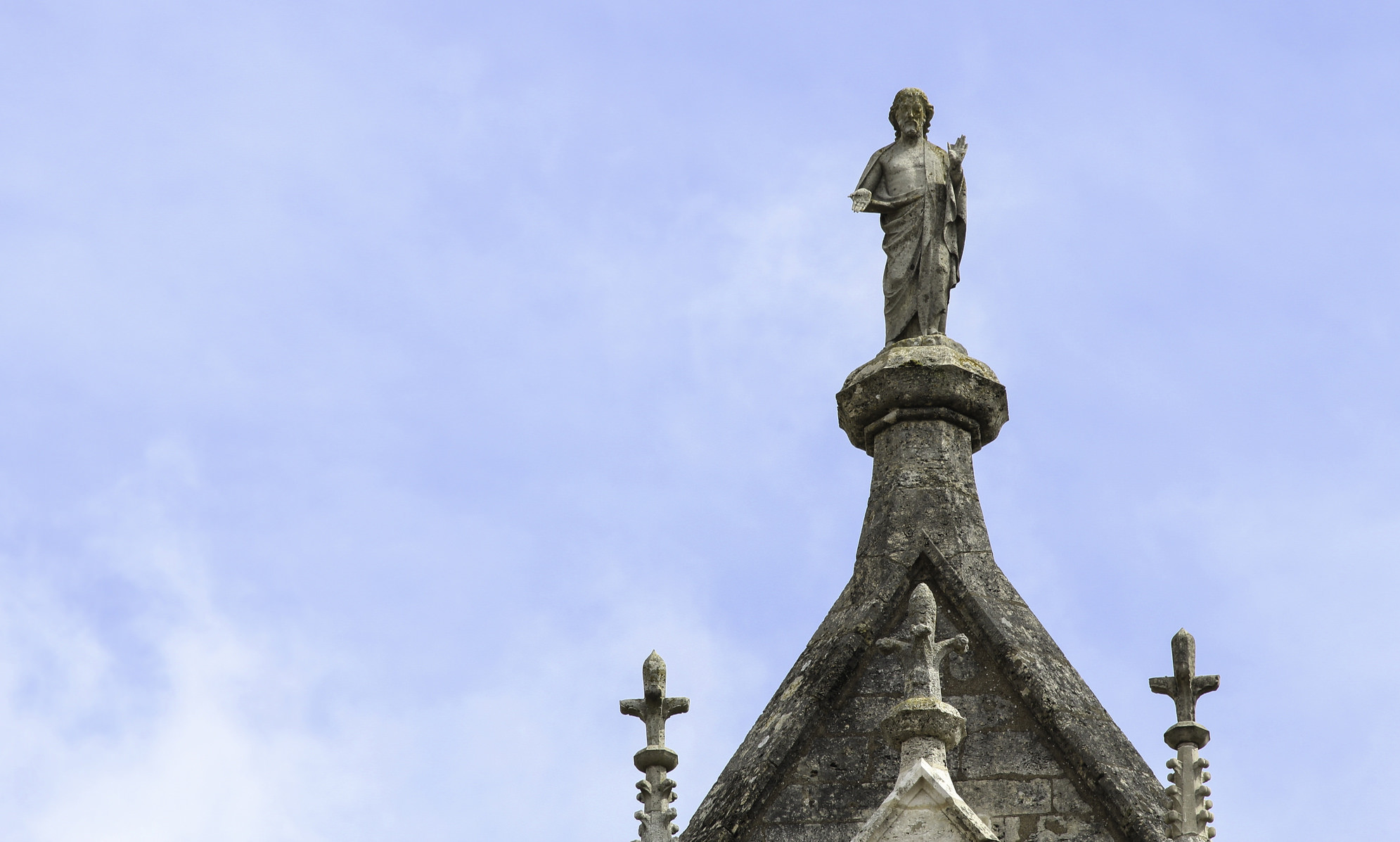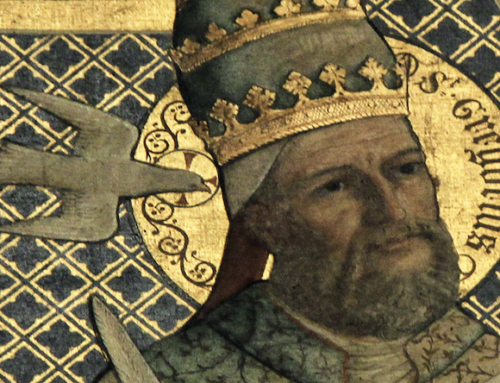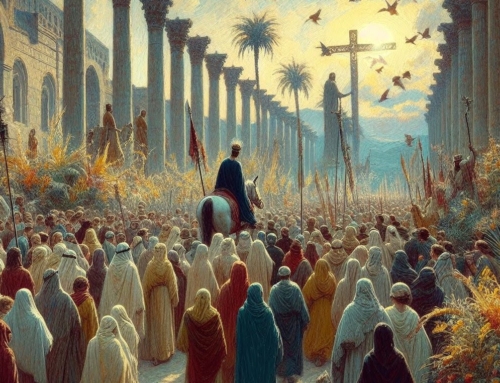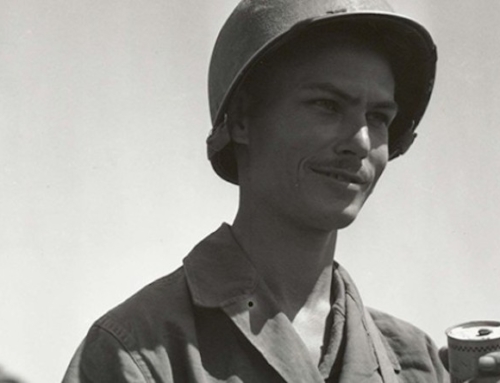This year marks the 800th Jubilee of the Dominican Order. But if you’re like me, it’s hard to imagine exactly what 800 years of preaching looks like. So, I’ve compiled a list to help visualize it.
I grew up in Colorado, a state with a long and venerable history and which entered the United States in 1876—140 years ago. The Order of Preachers is 6 times as old. This is why I sometimes have trouble picturing St. Dominic in the year 1216.
What about the US? The Declaration of Independence was written in 1776. Which makes the Order almost 4 times older.
Surely the first Europeans arrived in America a very long time ago. And they did—the English arrived in Jamestown in 1607, when Dominicans had already been preaching for 400 years. Columbus arrived 100 years earlier, accompanied by Franciscan Friars. But don’t worry, the Dominicans arrived just a few years later!
The Friars Preachers even predate the language I’m writing in; English became recognizable as what we speak today in the 15th century with something called—I’m not joking—“The Great Vowel Shift.”
All in all, we might say that the Dominican Order has a long history to it, and it’s remarkable that in all that time the order has never split. But as old as the Dominicans are, there are other parts of the Church that are much older. The same amount of time separating us from St. Dominic, separates St. Dominic from St. Benedict. You think 800 years is a long time? The Benedictines have been around for 1500!
Yet the Church is still older. Older, but not obsolete; we can take St. Augustine’s exclamation to God and apply it to Christ’s Body the Church: “beauty so ancient and so new.” Ancient, because the Church is by far the oldest living institution in the world. New, because God grants salvation today, here and now, which is what we all seek. We desire more than a museum of relics; we seek someone who is living, not dead. Venerable Fulton J. Sheen said it well:
I can hear you say if He is only a memory, I do not want Him. I know what I do not want, and I know what I want. I do not want a dead truth spoken centuries ago.… I want no sanctification that is just a warm feeling down in the pit of my stomach. I want forgiveness of my sins, now. I want your life, O Christ, in my body and in my blood: I want the living Divine Presence in me, so that I do not live, but rather You, O Christ, live in me.…
I am sure, O Christ, that I shall find You, my Teacher, my King and my Priest. I know that somewhere you still teach and govern and sanctify, and I shall not rest until I find Your Body among men.
It sounds demanding. But Sheen is identifying the desire that God has placed in each of our hearts, the same desire that moved the Psalmist to sing, “My soul thirsts for God, for the living God” (Ps. 42).
God has chosen to be present among men through His Body, the Church, and She is where He teaches and governs and sanctifies. His grace, not man’s effort, is the reason that the Church is so ancient; His grace vivifies and sustains the Church. Everything man creates—every philosophy, technology, nation, and organization—will end and pass away. The Church does not, because she is not created by man. She is founded by God. And in eternity, when all that is earthly and finite passes away, the Church will remain.
When we ponder the 800th Jubilee, we are drawn into this mystery and become aware of Christ’s generous grace that sustains us Dominicans, who are only a part of His Body. We learn to see the Church as the Body of Christ, alive and active in every age, “even unto the end of the world” (Mt 28:20). We begin to know the Church as, in Sheen’s words, the “Rock plunged into eternity.… Her I will love when all earthly loves have ended.”
✠
Image: Fr. Lawrence Lew, O.P., Christ on the Pinnacle







